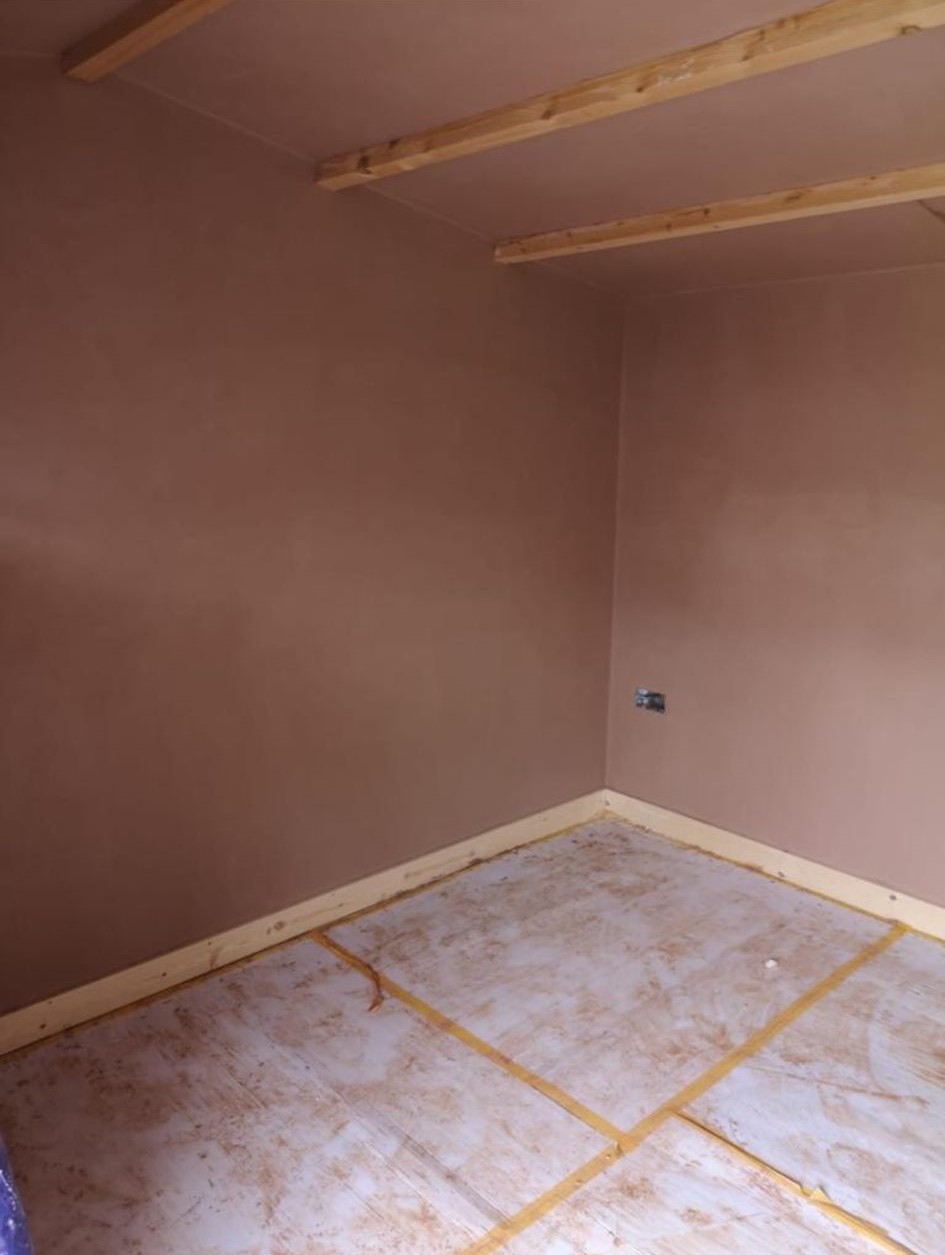When it comes to turning a newly plastered wall into a masterpiece, the process can be a bit daunting. Whether you’re a seasoned DIY enthusiast or someone who’s just picked up a paintbrush, painting new plaster requires a unique approach to ensure the finish is smooth and beautiful. This guide will walk you through everything you need to know about painting fresh plaster, providing practical tips and tricks to make the task as seamless as possible.

Understanding New Plaster
New plaster is like a blank canvas waiting for your touch. However, it differs significantly from painting an already painted wall. Fresh plaster is highly porous, which means it will absorb paint quickly, and if not prepared properly, it can lead to a patchy finish. The key to success lies in understanding this material and preparing it correctly before applying your final color.
Fresh plaster appears dark and damp at first, but as it cures, it lightens. This process is crucial because painting over wet plaster can cause numerous issues, including peeling and uneven application. Knowing how to deal with these initial stages will save you time and frustration.
It’s also important to consider the type of plaster used. Some plasters dry faster than others due to differences in composition. Identifying the type you have will help you determine the best approach for painting it.
The Importance of Drying
Leaving plaster to dry completely is the first and most critical step in the painting process. Patience is key here; rushing this step could result in expensive and time-consuming mistakes. Fresh plaster typically takes about 1 to 2 weeks to dry, depending on conditions like humidity and temperature.
It’s essential to ensure the room is well-ventilated to speed up the drying process. Open windows and doors to encourage airflow, or use dehumidifiers to draw out moisture. You’ll know the plaster is dry when it turns a uniform pale pink color.
Another tip is to avoid applying heat directly, such as using heaters, as this can cause the plaster to dry unevenly and crack. Natural drying is the best approach to maintain the integrity of the surface.
Mixing Your Mist Coat Paint
A mist coat is a diluted layer of paint applied to freshly dried plaster to seal the surface. This step is crucial because it provides a solid foundation for the topcoat. Without it, the topcoat could be absorbed by the plaster, leaving a patchy finish.
To prepare a mist coat, mix a basic emulsion paint with water at a ratio of 70% paint to 30% water. This creates a thinner consistency that can penetrate the plaster and form a binding layer. Choose a light-colored emulsion to make it easier to cover with your chosen topcoat color.
When mixing, ensure the consistency is smooth and lump-free. Using a mixing stick or a drill with a mixing attachment can help achieve an even mixture. Proper mixing will ensure the mist coat adheres correctly and provides the necessary base.
Applying the Mist Coat
Once your mist coat is ready, it’s time to apply it to the plaster. This stage requires careful attention to detail to achieve a uniform finish. Start by cutting in around the edges with a brush, then move on to a roller for the larger areas.
Use a medium-pile roller for best results. This type of roller holds more paint and allows for smoother application. Work in sections, applying the mist coat evenly across the surface. Remember to keep a wet edge to avoid lap marks.
After applying the mist coat, allow it to dry completely before proceeding. This usually takes a few hours, but it’s best to refer to the paint manufacturer’s instructions. A well-applied mist coat will ensure your topcoat adheres properly and looks flawless.
Painting Your Walls with a Top Coat
With the mist coat dry, you can now move on to applying the topcoat. This is where your walls come to life with color. Choose a high-quality emulsion paint for a durable and long-lasting finish.
Apply the topcoat in the same manner as the mist coat, using a brush for edges and a roller for larger areas. It’s often best to apply two coats for even coverage and a polished finish. Allow the first coat to dry before applying the second, following the manufacturer’s drying times.
Don’t rush the application. Take your time to ensure each stroke is smooth and even. This attention to detail will result in a professional-looking finish that enhances your space.
Frequently Asked Questions
Can I Paint Straight onto New Plaster?
Painting directly onto new plaster without any preparation can lead to a variety of problems, such as peeling and uneven application. It’s essential to apply a mist coat first to seal the porous surface before adding a topcoat.
What Happens if You Paint New Plaster Too Soon?
Painting over plaster that isn’t fully dry can trap moisture, leading to bubbling, peeling, and long-term damage to both the paint and the plaster. It’s crucial to wait for the plaster to turn a pale pink color, indicating it’s dry and safe to paint.
Can You Paint Directly Over Old Plaster?
Painting old plaster requires a different approach. First, inspect the surface for cracks or damage and repair them. Then, apply a primer to ensure the paint adheres properly. Skipping these steps can result in a subpar finish.
What Happens if You Don’t Water Down Paint on New Plaster?
Applying undiluted paint directly on new plaster can result in a blotchy and uneven appearance. The plaster will absorb the paint too quickly, preventing it from covering the surface evenly. This is why a mist coat is essential for achieving a smooth finish.
Bringing It All Together
Mastering the art of painting new plaster requires patience, preparation, and attention to detail. By understanding the drying process, using a mist coat, and applying the right techniques, you can transform your freshly plastered walls into stunning canvases.
Remember, the key is not to rush. Taking the time to follow each step carefully ensures a beautiful, long-lasting finish that enhances your living space. For more tips and guidance on home improvement projects, consider consulting with a professional or exploring online resources. Happy painting!


